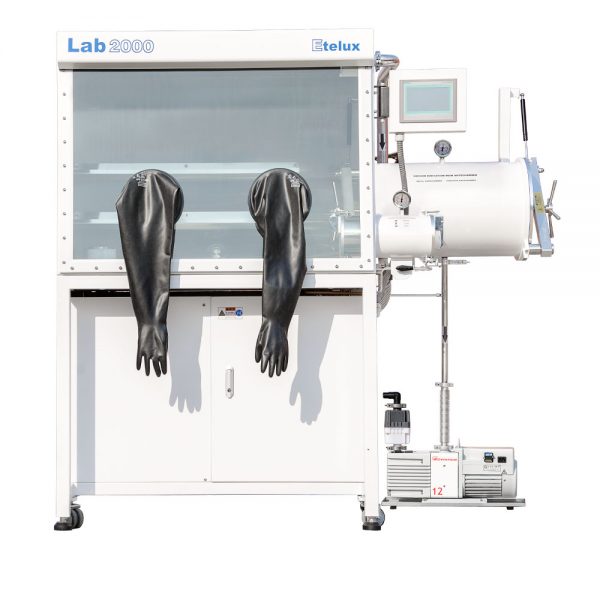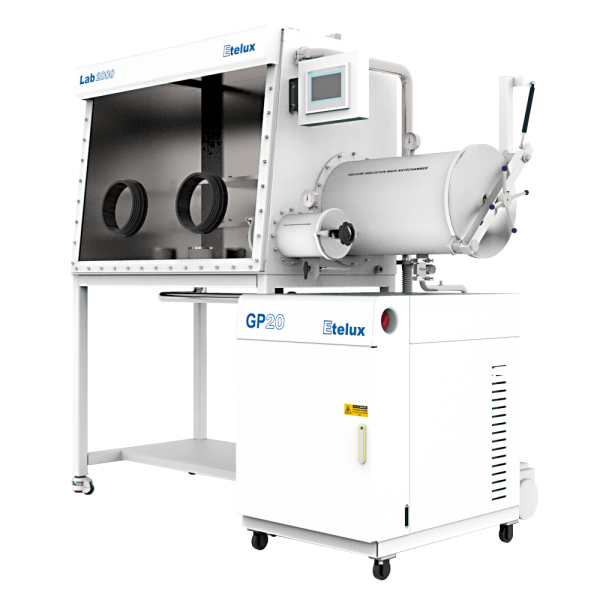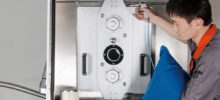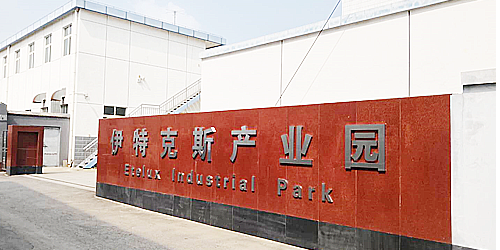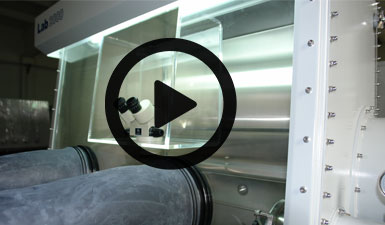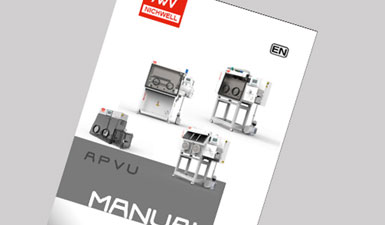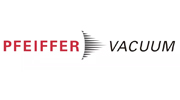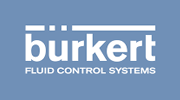VHP systems are a common disinfection technology that stands for “Vaporized Hydrogen Peroxide” systems, which use hydrogen peroxide vapors and other ancillary substances to destroy microorganisms such as pathogens, bacteria, fungi and viruses.
A VHP system typically consists of the following components:
VHP Generator: responsible for converting the hydrogen peroxide solution into a vapor and releasing it to the target area via injection or pumping.
Heating Unit: Used to heat the solution and convert it to vapor form.
System Controller: Used to monitor and regulate the operating parameters of the VHP system, including vapor concentration, humidity, and time.
Sensors: Used to detect humidity, temperature and other parameters in the target area to ensure control and verification of sterilization effectiveness.
The VHP system works on the principle that a hydrogen peroxide solution is heated to produce steam that is released into the target area. The hydrogen peroxide in the steam is able to come into contact with microorganisms and rapidly oxidize and decompose them, thus killing them.VHP systems are widely used in healthcare facilities, laboratories, food processing industries, biosafety labs and other locations to ensure efficient disinfection and sterilization of spaces and equipment.if you have any need, please contact me by e-mail:amy@etelux.com.
VHP systems can be combined with Glove Boxes to provide an even higher level of biosafety and protection. This combination is often used in environments where a high degree of sterilization and isolation is required, such as in biological laboratories, pharmaceutical R&D or manufacturing.
A VHP system can be used to sterilize the air and surfaces inside a glove box, thereby killing any microorganisms that may be present. It works by evaporating hydrogen peroxide to form steam and releasing it into the glove box. The hydrogen peroxide in the vapor contacts and kills microorganisms inside the glove box.
The glove box is a sealed, isolated workspace that allows the operator to operate in a sterile environment. The glove box has the following features:
Sealing: The glove box is designed to provide a tight seal to prevent outside air and microorganisms from entering the glove box.
Handling Gloves: Gloveboxes are equipped with glove ports that allow the operator to put on gloves and work inside the glovebox while maintaining effective isolation.
Filtration System: Gloveboxes are typically equipped with an air filtration and treatment system to ensure that the air exiting the glovebox is sterile and safe.
By combining a VHP system with a glove box, efficient sterilization and isolation of the interior environment of the glove box can be achieved. This combination helps reduce the risk of contamination, protects operators and samples from microbial contamination, and provides a higher level of biosafety protection.
When using a VHP system with a glovebox, proper operating procedures and safety protocols need to be followed according to specific operational requirements and equipment manufacturer’s instructions. In addition, regular maintenance and verification of the system’s performance are important steps to ensure its effectiveness and reliability.

